How Covid-19 has upturned Africa’s wildlife landscape
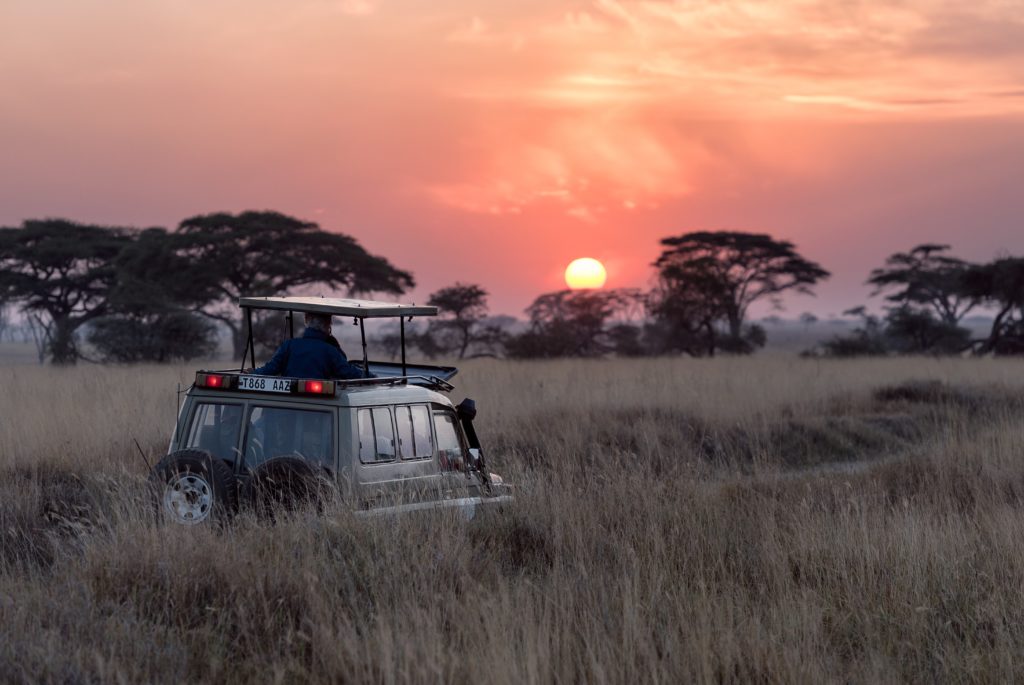
Few aspects of life have been left unscathed by the torrent of COVID-19 the world over. However, while travel, mechanization, and industrial toll came to a standstill, wildlife paradoxically flourished. Images of humans retreating inside were contrasted with those of flora and fauna rediscovering the planet.
From afar, it was surmised that African wildlife would have ample space to thrive—their 2,000 Key Biodiversity Areas, supporting the world’s most diverse and abundant mammal populations, were expected to cruise through the world-shaking pandemic. However, as economies buckled under unprecedented challenges spurred by the pandemic, financing was pulled from industries deemed to be non-essential.
Conflating diminishing government internal funding was the drop in external funding from both tourism and philanthropic donations. This result was devastating to those involved in the industry and surrounding localities, given that the most apparent value of Africa’s wildlife and wildlands stems from wildlife-based tourism, generating over US$29 billion annually and employing 3.6 million people.
To give these figures and statements a real-life application, it’s worth taking a look at how one Zambian National Park and Conservation area approached the unfamiliar territory:
|
For assistance with your Zambia travel planning, visit the Go Zambia virtual show and chat on line or have 1-2-1 virtual meetings with 20 Zambia tour companies and lodges. You can also enter to win one of many Zambia Safaris, including a 5-day Safari at South Luangwa National Park in Zambia or a 5-days Safari for a party of 4! |
Zambia’s South Luangwa National Park and the adjoining Game Management Areas (GMAs)
This expansive and versatile landscape is a predominant wildlife tourism area nestled in South Luangwa, Zambia. In the habit of securing a sizeable financial turnover every season, safari operators were one day-to-the-next faced with the prospect of no visitors and rapidly drying cash flow.
Exacerbating the situation was the strained Zambian Department of National Parks and Wildlife (DNPW) budget, meaning that funding was devastatingly cut to the tune of 1,000 lay-offs and furloughs.
As a result of less patrolling human resources and lack of tourism, the threat of intensified poaching loomed large. However, thanks to a steady stream of investment, public initiatives, and collaboration from several conservationist organizations, the safari operators could leverage their expertise, dedication to the conservationist cause, and perhaps most interestingly, aerial aid.
To facilitate conservation activities spanning anti-poaching, community education, research, monitoring to human-wildlife conflict mitigation, the wildlife park received its first aerial aircraft in 2013. This advancement allowed them to achieve an extensive birds-eye view over the valley within minutes, some areas of which are seasonally inaccessible or generally hard to reach ecosystems. Perhaps more beneficial still is that they could rapidly detect any poaching activity, using coordinated communication to then alert ground patrols. As an aside, it’s also believed that aerial cover may have served as a deterrent to poachers.
The South Luangwa Valley and surrounding GMA areas comprise 14,000 km2 altogether, meaning that aerial coverage is indispensable. These initiatives are supported by IUCN Save Our Species and co-funded by the European Union.
The COVID-19 pandemic also presents a potential threat to wildlife resources in Tanzania
Hosting 20% of Africa’s large mammal population, Tanzania is somewhat of a stalwart when it comes to wildlife tourism. So prominent is the industry that it’s known to sustain whole rural Tanzanian areas and is valued at 17.5-25% of the country’s GDP.
As of the last quarter of 2020, while the pandemic was in full force, Tanzania’s tourist numbers sank from 549,795 to 272,099, engendering devastating knock-on financial and conservationist effects.
Tanzania’s wildlife species are subjected to unprecedented pressures caused by numerous factors, including human population growth, urbanization, and climate change. While many of these issues abated somewhat due to COVID-19 regulations, other common problems such as poverty and poaching prevailed.
Effective law enforcement, land use planning, and monitoring essentially came to a halt due to a lack of funding during 2020 and into mid-2021.
Increased unemployment and household poverty due to the closure of businesses may exacerbate wildlife crime and unsustainable activities. Additionally, contributions from donor-funding organizations and development partners cannot be guaranteed as revenues are diverted to support other sectors, including health.
|
For assistance with your Zambia travel planning, visit the Go Zambia virtual show and chat on line or have 1-2-1 virtual meetings with 20 Zambia tour companies and lodges. You can also enter to win one of many Zambia Safaris, including a 5-day Safari at South Luangwa National Park in Zambia or a 5-days Safari for a party of 4! |
The Future of African Wildlife Conservation
A positive offshoot of what is primarily considered to be a net negative impact on African wildlife is that the barrage of the pandemic has highlighted the weaker areas of the industry. Consequently, we can expect a reimaging and improvement of some of the African wildlife industry’s realms. Upon closer inspection, it’s notable that such an advancement is already taking place. The industry has reached out to other sectors and establishments, thus expanding their sphere of influence and network.
Conservationists and protected area managers may also heed the need to diversify their income streams and ensure increased resiliency in their organizations and the communities surrounding protected areas. It is believed this could be achieved through developing an effective crisis management plan.
And finally, developing a comprehensive tourism recovery plan to tempt tourists back to wildlife parks as the world gradually reopens. If there is an overarching silver lining to be found. Perhaps it’s that a newfound respect and admiration for African wildlife and its conservation is seeing a renewal worldwide in the aftermath of the pandemic.
 United Kingdom
United Kingdom United States
United States Asia Pacific
Asia Pacific
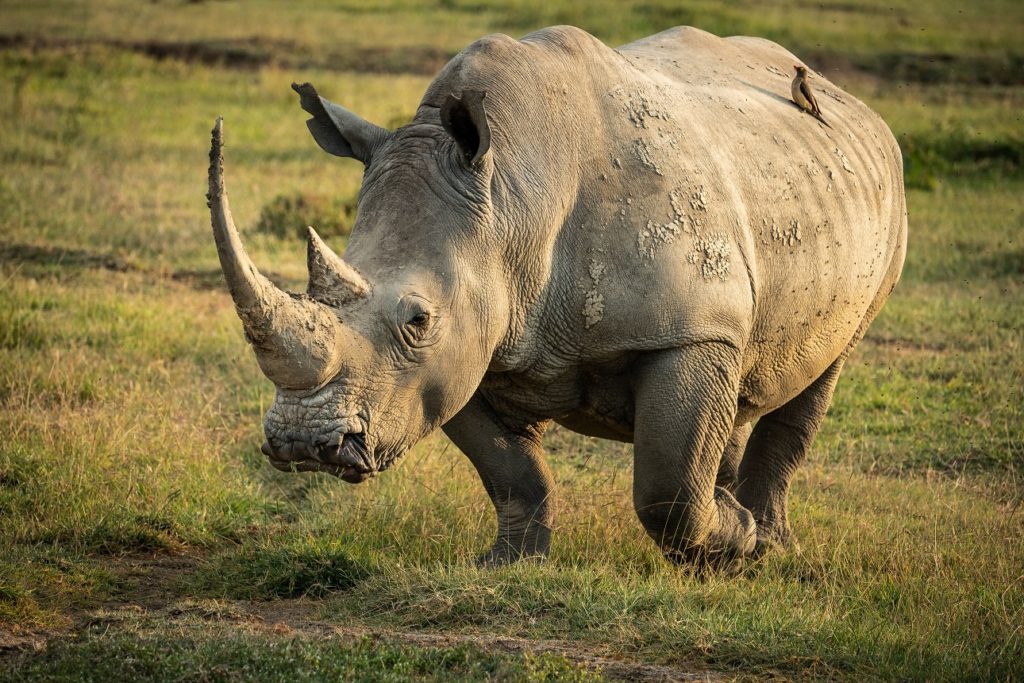
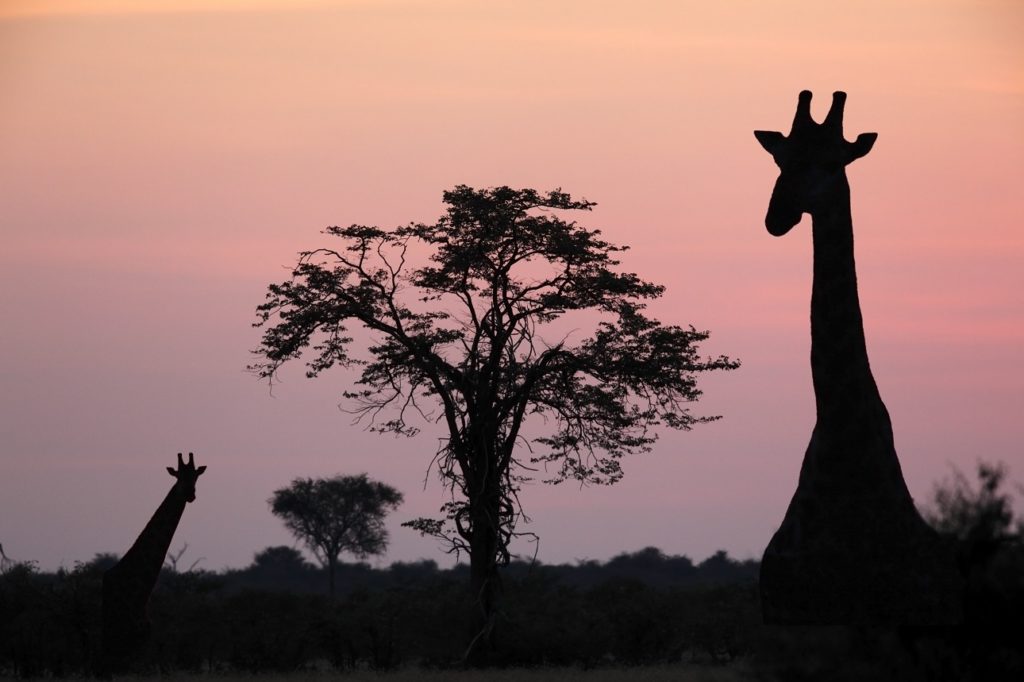

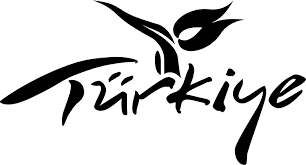




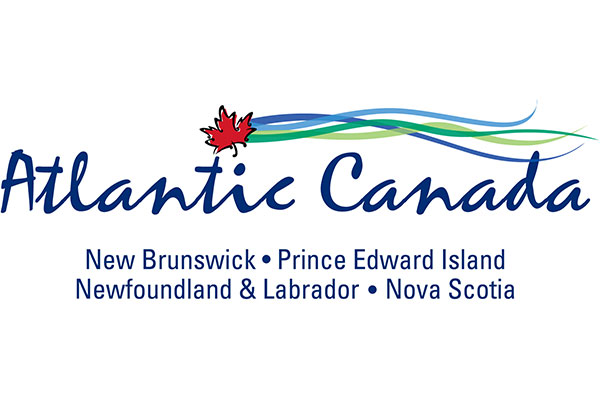
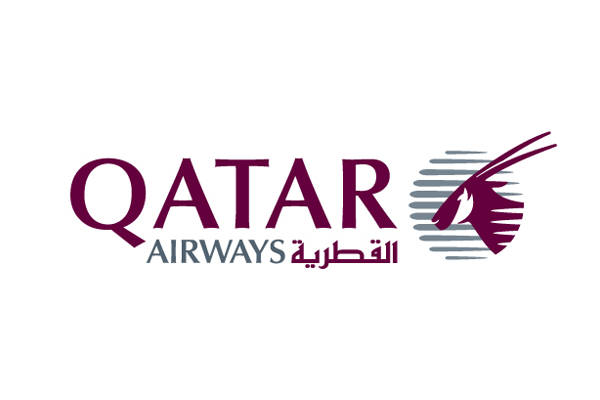






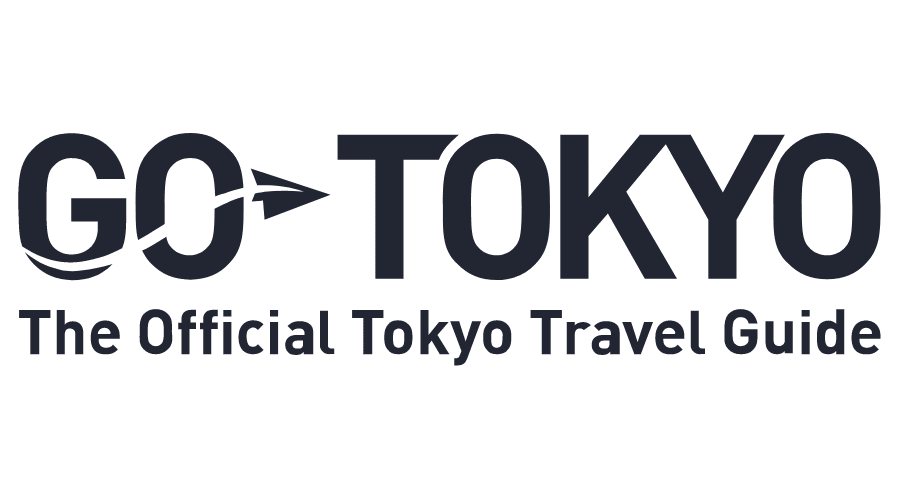

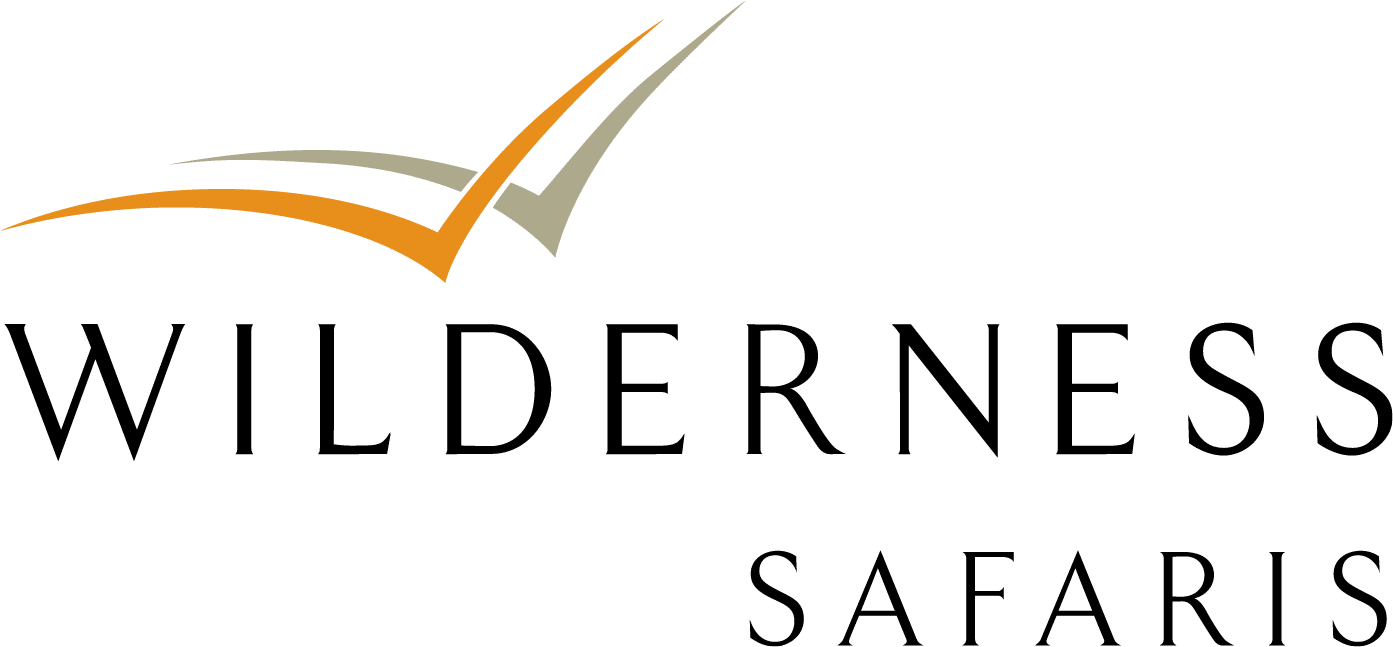
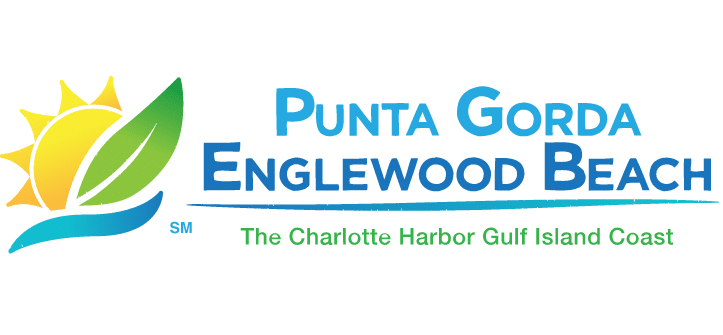

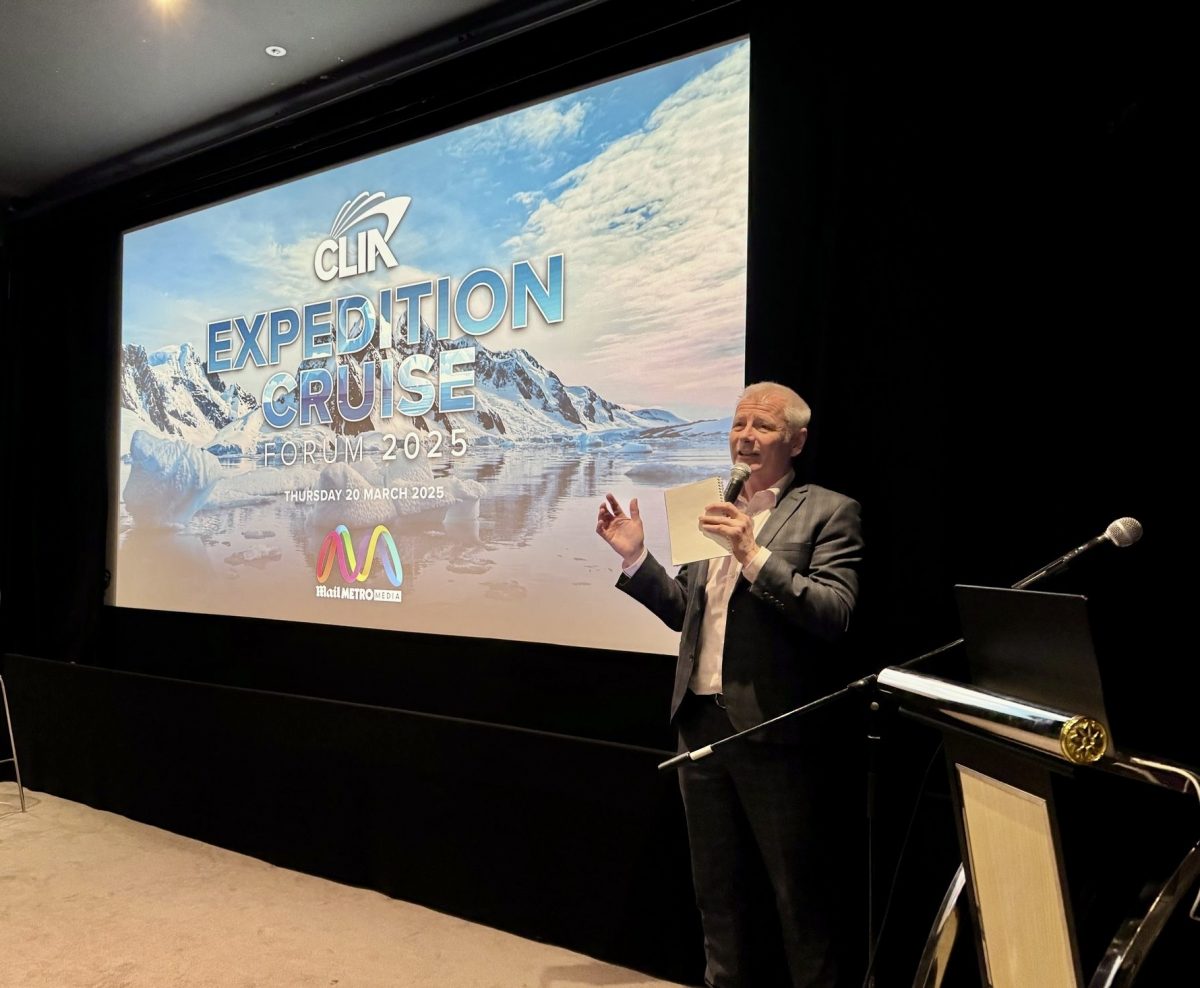
























Royal Caribbean issues Legionnaires’ disease warning
Qatar Airways adding Manchester flights
Jet2 unveils Samos as new Greek destination for summer 2026
EU entry-exit system delayed again
ATC strike in Greece could disrupt flights this week